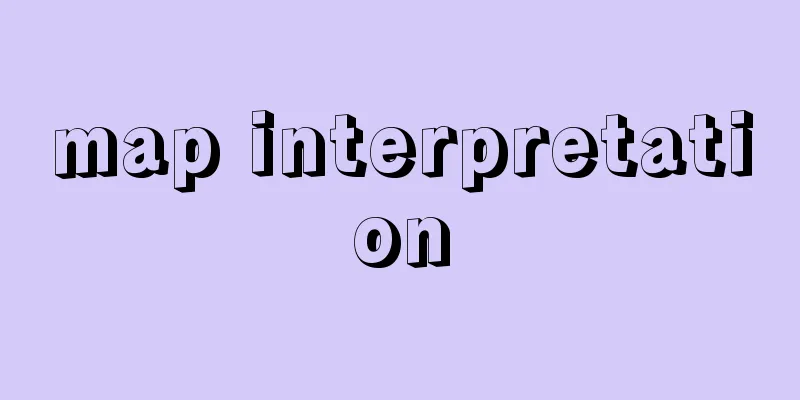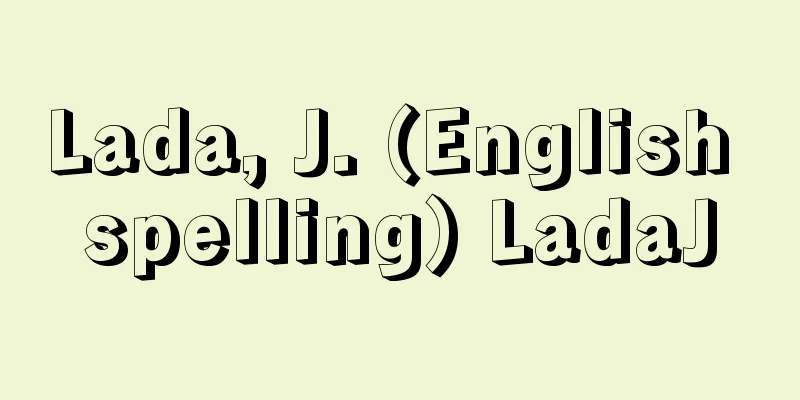map interpretation

|
...The boundary lines of a 1:10,000 topographical map are set at 3′45″ and 2′30″ from the central meridian and the equator, respectively, using the Universal Transverse Mercator projection. The area included in one map is approximately 25 km2, and four planes correspond to one 1:25,000 topographical map. [Masayoshi Takasaki] [Yumiko Takizawa] *Some of the terminology explanations that refer to "map interpretation" are listed below. Source | Heibonsha World Encyclopedia 2nd Edition | Information |
|
…1万分の1地形図の図郭線はユニバーサル横メルカトル図法を用いて中央経線および赤道からそれぞれ3′45″,2′30″ごとに設定されており,1図に含まれる面積は約25km2,4面で2万5000分の1地形図1面と対応する。【高崎 正義】【滝沢 由美子】 ※「map interpretation」について言及している用語解説の一部を掲載しています。 出典|株式会社平凡社世界大百科事典 第2版について | 情報 |
Recommend
Ion exchange method
→Ion exchange Source: Shogakukan Encyclopedia Nip...
Nimes - Nim (English spelling) Nîmes
The capital of the Gard department in southern Fr...
Ochlodes venata (English spelling)
...When they do this, they leave behind bite mark...
Setaria pallide-fusca (English spelling) Setariapallidefusca
…[Tetsuo Koyama]. … *Some of the terminology that...
Cassiterite (Cassiterite)
The most important ore of tin. Chemical compositio...
Ifriqiya (English spelling)
An Arabic word derived from the Latin Africa. In t...
Blue ebony
…Usually rated somewhat lower. (3) Blue ebony: Bl...
Lawn bowls
A game in which players roll a ball on a grass cou...
Entaku green coral - Entaku green coral
…This is a species that the crown-of-thorns starf...
Shintokumaru
Sekkyo Joruri (a type of Japanese drama that play...
Millet - Awabo
〘Noun〙① Ears of millet. Awabou. [Season: Autumn] ※...
Strepera
…A general term for birds of the family Strepidae...
Batillaria multiformis - Batillaria multiformis
A slender snail shell of the family Halymidae (ill...
ALGOL - Algol
A computer programming language. It was developed ...
Nettle
...The stinging hairs contain formic acid and are...




![Matsue [city] - Matsue](/upload/images/67cce6976952c.webp)




